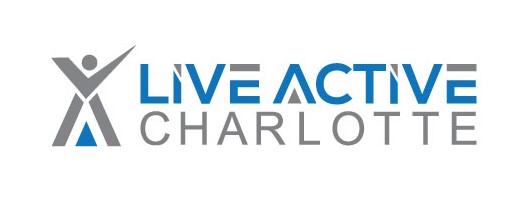It’s a common misconception amongst the public that CrossFit is dangerous. I’d argue that from my experience as a chiropractor and affiliate owner for close to 15 years that we have helped more joints than we’ve hurt.
Unfortunately there are risks of injury with any exercise program, and CrossFit is no exception. One of the most common, chronic injury sites that I see amongst patients and members is the shoulder. Each shoulder injury is different, and should be treated as such. Everyone has a different history that will play a role in the proper recovery, or lack thereof.
The shoulder is a complex joint. It consists of 3 bones; the humerus (the upper arm bone), the scapula (the shoulder blade), and the clavicle (the collar bone). It also is made up of 4 joints; the glenohumeral joint (is a ball and socket articulation between the head of the humerus and the glenoid cavity of the scapula), the acromioclavicular(AC) joint (where the clavicle meets the acromion of the scapula), the sternoclavicular (SC) joint (where the clavicle meets the chest bone [sternum]), and the scapulothoracic joint (where the scapula meets with the ribs at the back of the chest).
Add to that the 4 rotator cuff muscles, the pecs, biceps, latissimus dorsi, and a handful of others muscles; it should be clear that while the anatomy is similar in each of us, each injury must take into account many factors to create a long term solution for the cause of the pain.
With any injury, many people first look to “stretch more”, “roll more” or slap some tape on it, in hopes of a quick fix. Unfortunately, rarely is that prescription the answer to improve the long term health of a joint.
There are three areas of shoulder health that are commonly overlooked when rehabbing a shoulder injury. Keep in mind these areas are not only overlooked by the injured person, but many times by physicians.
The first overlooked area for shoulder health is thoracic spine mobility. With many people spending more and more time sitting at a desk, this is a common finding the correlates with shoulder injuries. Thoracic spine extension and rotation exercises should be added to most rehab protocols for the shoulder. In addition, such exercises are advised on a regular basis to help in the prevention of shoulder dysfunction. When following the joint by joint approach, the
thoracic spine must have proper mobility in order to allow for the scapula to have the required stability for optimum shoulder positioning.
Which bring us to number 2; scapular stability. Without proper scapular stability, movement at the glenohumeral joint may be compromised. Rotator cuff impingement injuries will often have some aspect of scapular stability problems. The safest, most effective exercises to improve scapular stability are the push up, inverted row and bench press.
The area that is most often not addressed at all in people suffering from shoulder pain is the core. The core muscles include the rectus abdominis (your 6-pack muscle), transverses abdominis (your body’s built-in weight belt), internal and external obliques, lats (which wrap around your back and give you the “V” shaped appearance), the erector spinae, and many small stabilizer muscles of the spine.
The core is the link between the hips and the shoulders. If the core cannot produce (and absorb) the forces it needs to; greater forces get transmitted through other joints…over time this increased stress may result in repetitive stress injuries. A 2014 study in “The International Journal of Sports Physical Therapy”; found shoulder dysfunction is correlated with balance and (core)stability deficiency.
The most effective ways to train the core for this purpose is to train it to resist motion. When working with shoulder injuries, the most effective core stability exercises we use are the deadbug, bird-dog, side bridge, and resisted rotation exercises.
Keep these in mind the next time you find yourself suffering from shoulder pain. If you’re working on your own, or with the help of a physician and not seeing long term progress; make sure that your rehab is not missing the important areas mentioned here.

Dr. Brian Strump is a chiropractor and owner of Live Active Charlotte, a CrossFit/functional fitness gym located in the Steele Creek area of Charlotte.
If you’re interested in making a change in your health or simply have questions, you can learn more about Brian and his staff by visiting: liveactiveclt.com











